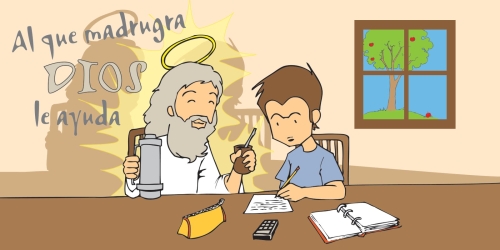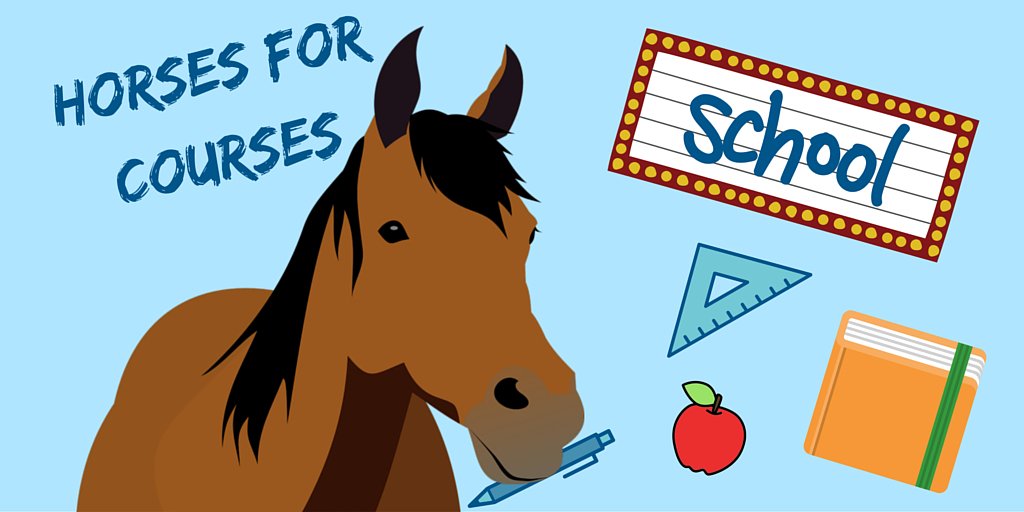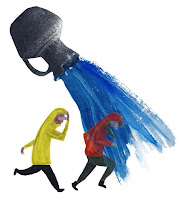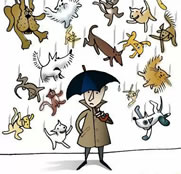Hiya !
The other day I was teaching my students of Avanzado 2 some idioms related to violence in English by playing a Kahoot game. Kahoot is a very engaging way to learn; it's a game that they can play on their mobiles. In my game, they had to choose the correct idiom and they received four options, one correct one and three distractors. In the distractors I often included, you know, some misleading Spanish idiom translated to English and they fell in the trap all over and that gave me an idea : why not write an entry on this ? I' I'm sure this entry is gonna be fun! Let's begin:
Idioms that are different in Spanish and English

Cuesta un ojo de la cara / It costs an arm and a leg
cuesta un riñón
When something is outrageously expensive, Spaniards prefer to pay with an eye of their faces or with a kidney. However, English speakers pay with an arm and a leg.
2) SPANISH ENGLISH

Al que madruga Dios le ayuda The early bird catches the worm
This idiom says that the sooner you wake up, the better. Spaniards say that people who get up early are helped by God. In English, however, God is not involved. It simply points out the advantages of getting up early.
3) SPANISH ENGLISH
Es agua pasada / Agua It's water under the bridge
pasada no mueve molinos
These expressions illustrate that you must forget past events. For Spanish people, that is water that has gone by, but for speakers of English, it's simply water that is under the bridge.
4) SPANISH ENGLISH


Tomar el pelo Pull someone's leg
When you trick someone and tell a lie so that they believe it, you are taking someone's hair in Spanish, whereas in English you don't pull the hair but someone's leg.
5) SPANISH ENGLISH


La gota que colmó el vaso The last straw that broke
the camel's back
One person withstands a lot of horrible deeds patiently until one last thing ends with their patience. This situation is represented differently in English and Spanish. While in Spanish this is represented by a glass of water brimming with water, but the English speakers are way more cruel : a camel carrying straw until one last piece of straw breaks the camel's back.


Zapatero a tus zapatos Horses for courses
These idioms are used to explain that a person is good at doing just one thing and not others. In Spanish, the idiom goes that the shoemaker must devote himself to his shoes, but in English they prefer an animal instead. According to them, horses are only good at running courses.
7) SPANISH ENGLISH

Matar dos pájaros de un Kill two birds with one stone
tiro
When you do two good actions for you at the same time. It involves killing a bird both in Spanish and English. In Spanish, you do it with a shot, but in English you do it with a stone.
8) SPANISH ENGLISH


Llueve a cántaros It's raining cats and dogs
These are expressions to indicate that is pouring with rain. In Spanish this is pictured with big jugs of water. However, in English they prefer lovely pets, cats and dogs. This is because in cottages, cats and dogs were on top of the roof and the roofs were made of straw. When it was rainy they fell inside the houses. Interesting, isn't it ?
9) SPANISH ENGLISH


Aprender algo de Learn something by heart
memoria
When you memorise something, Spaniards are more literal since they use their memory; English speakers, however, are more romantic since they use their hearts.
10) SPANISH ENGLISH
Hincar los codos Hit the books
When you have to study hard, English speakers hit the books (they seem too violent he he). Nonetheless, the Spanish scenario seems more dramatic since they have to hammer their elbows.
Well, what do you think about English and Spanish idioms ? As you can see, translation doesn't always work when learning a foreign language. The best idea is to try to understand the logic behind the language. If you're interested in learning more idioms in English, here you have idioms with number 2; colour idioms I; colour idioms II; idioms related to joy; animal idioms I; animal idioms II, idioms of parts of the body I ; body idioms II; idioms related to violence; idioms related to food; idioms related to revenge; idioms related to money; idioms English vs. Spanish I;
No comments:
Post a Comment